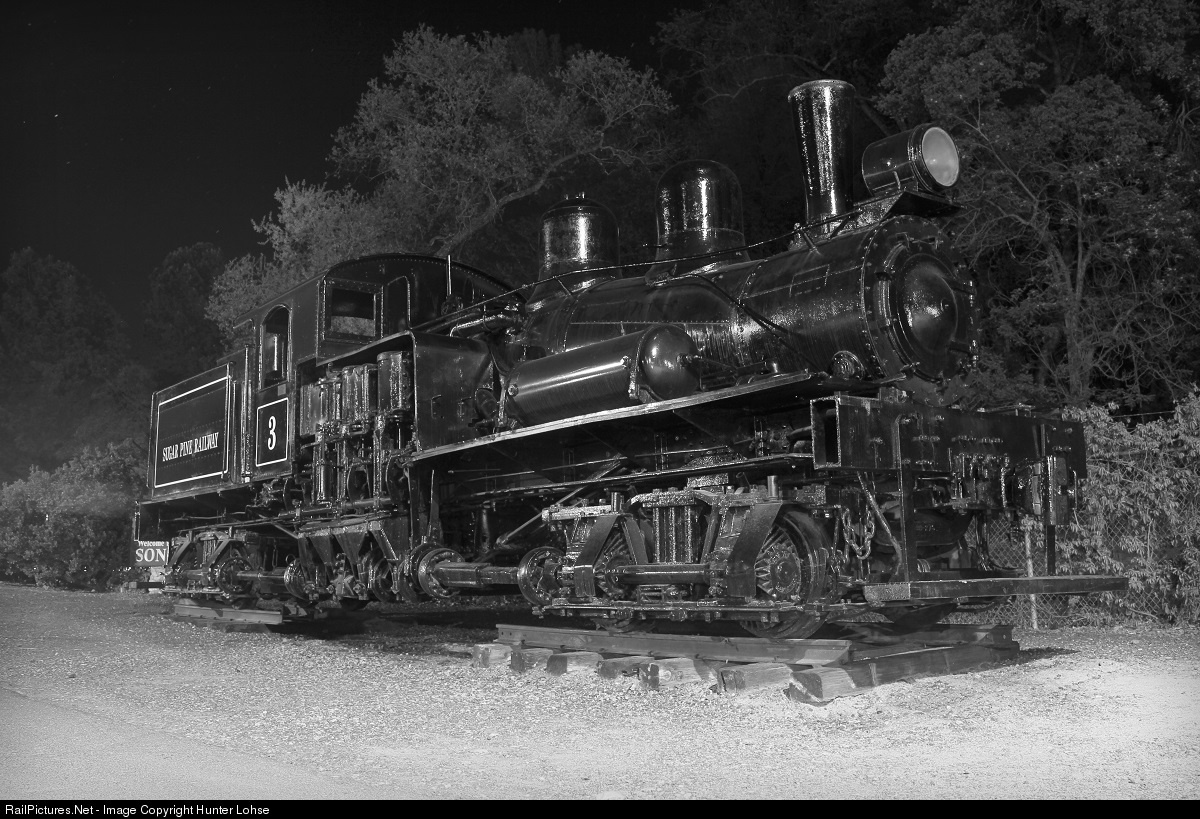
The Sierra Miwok preferentially exploited acorns from the California Black Oak. They had domesticated dogs and cultivated tobacco, but were otherwise hunter-gatherers. The Miwok lived in small bands without centralized political authority before contact with European Americans in 1769. B ay Miwok: from the present-day area of Contra Costa County.L ake Miwok: from Clear Lake basin of Lake County.C oast Miwok: from the present-day area of Marin County and southern Sonoma County (including the Bodega Bay Miwok and Marin Miwok).P lains and Sierra Miwok: from the western slope and foothills of the Sierra Nevada, the Sacramento Valley, San Joaquin Valley and the Sacramento-San Joaquin Delta.These distinctions were unknown among the Miwok before European contact.

Anthropologists commonly divide the Miwok into four geographically and culturally diverse ethnic subgroups. The word Miwok means "people" in their native language. Miwok (also spelled Miwuk, Mi-Wuk, or Me-Wuk) can refer to any one of four linguistically-related groups of Native Americans, indigenous to Northern California, who traditionally spoke one of the Miwokan languages in the Utian family. The first known inhabitants of the area now known as Tuolumne County were the Miwok bands.

Bullard, with excerpts borrowed from the Tuolumne County History web page on the Tuolumne County Historical Society web site and from History of Tuolumne County CA web page on the the web site and with information from Wikipedia articles, among other sources.Įarly California Visitors and Westward Migration The following early history of Tuolumne County was written by Elizabeth E. HOME PAGE FAMILY QUERIES COUNTY RESOURCES STATE RESOURCES


 0 kommentar(er)
0 kommentar(er)
